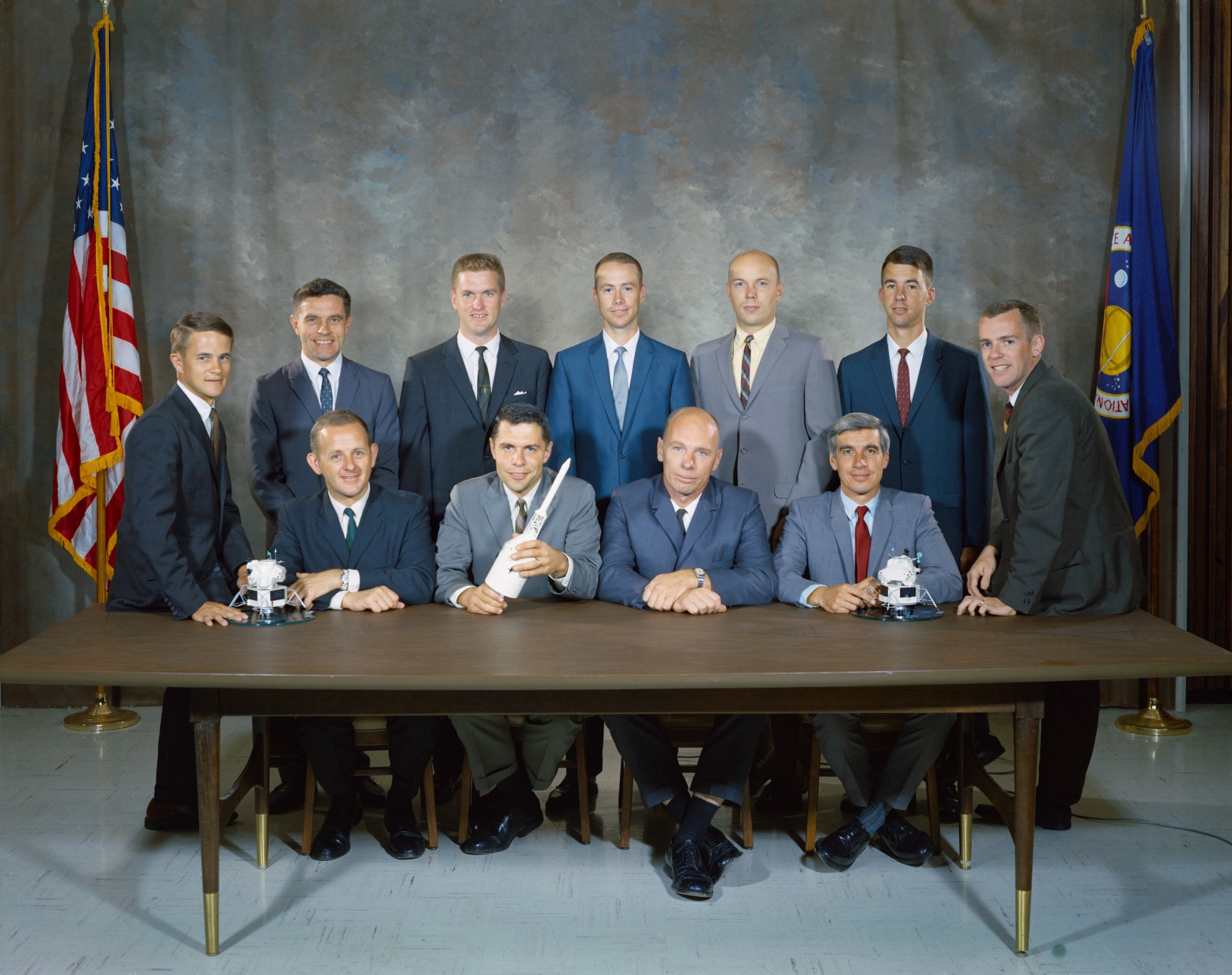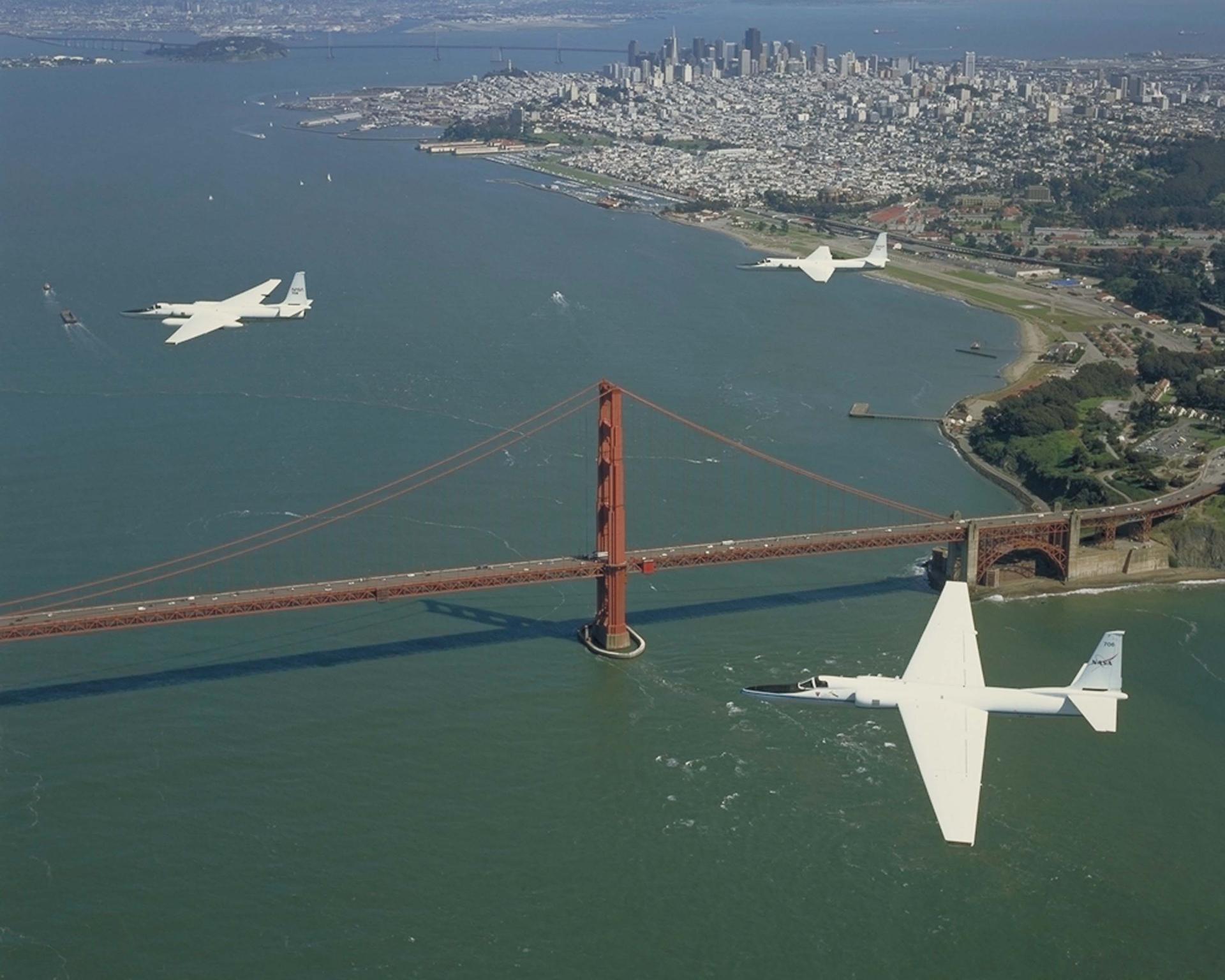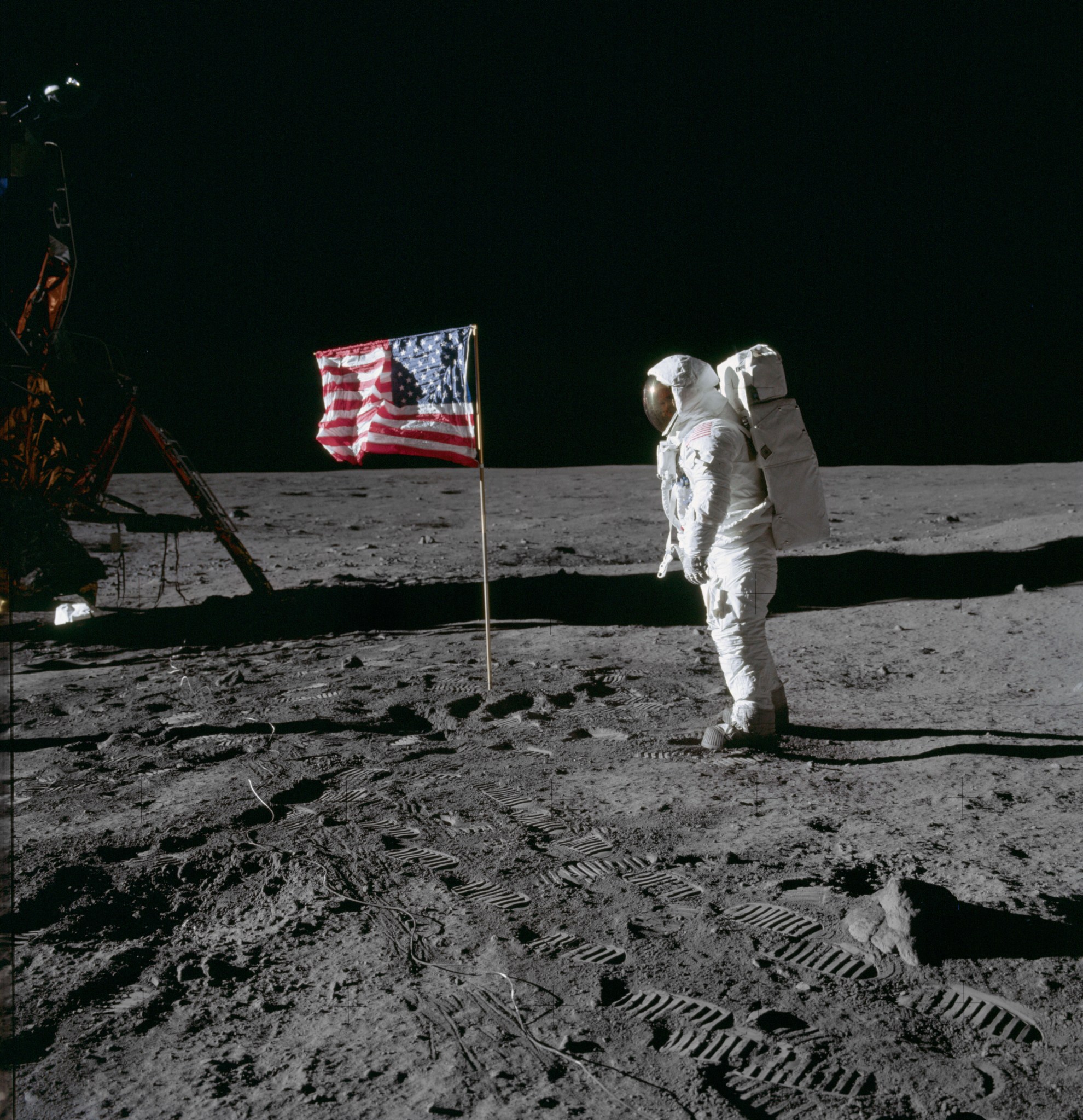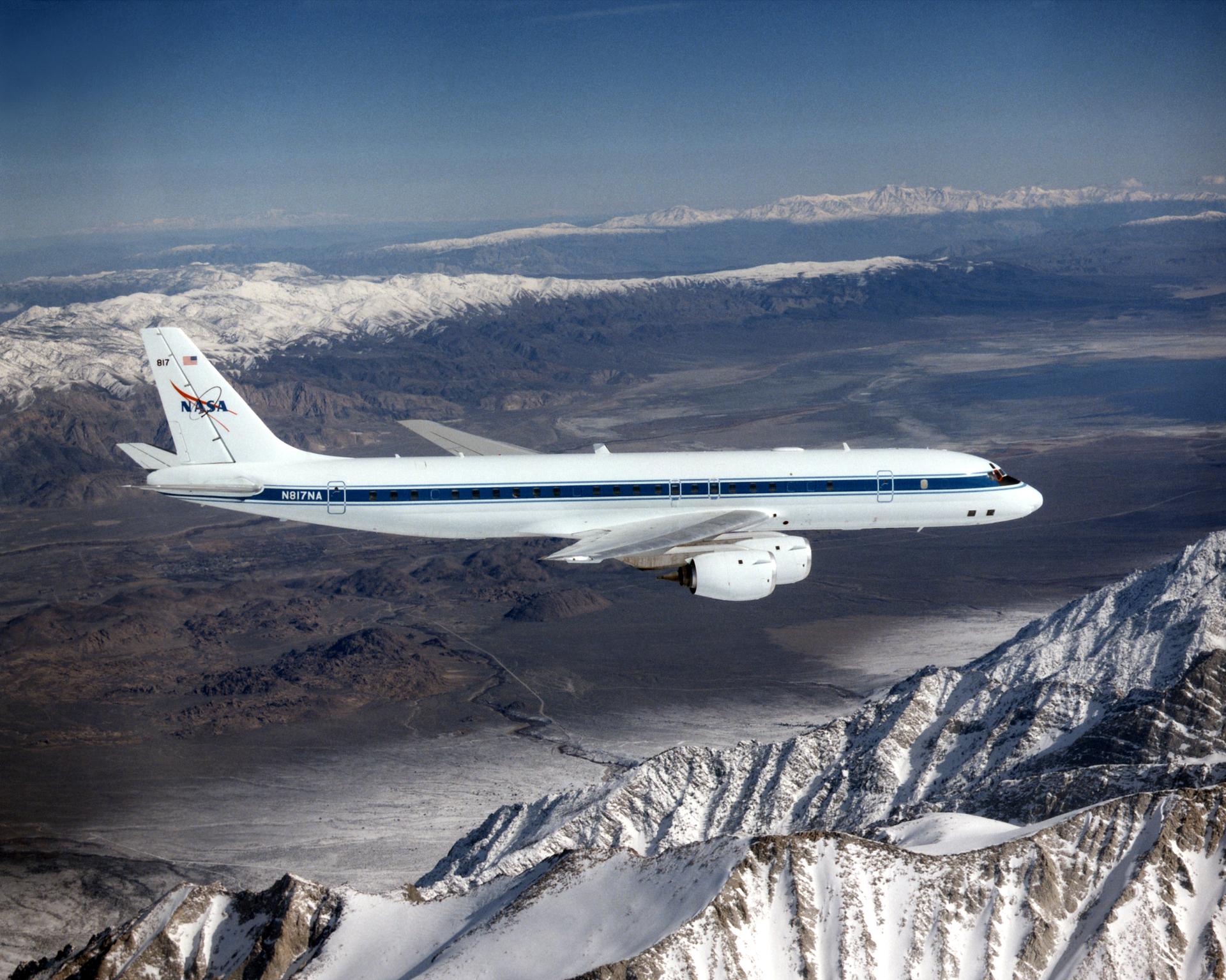5 min read
The NASA History Office brings you the new Spring 2025 issue of NASA History News & Notes reflecting on some of the transitional periods in NASA's history, as well as the legacies of past programs. Topics include NASA's 1967 class of astronauts, historic experiments in airborne astronomy, NASA's aircraft consolidation efforts in the 1990s, lightning observations from space, the founding of the NACA, the DC-8 airborne science laboratory, and more!

Volume 42, Number 1
Spring 2025
Featured Articles
From the Chief Historian
By Brian Odom
In the first few months of 2025, NASA will celebrate several significant anniversaries, including the 110th anniversary of the National Advisory Committee for Aeronautics (NACA) (March 3), the 55th anniversary of the launch of Apollo 13 (April 11), and the 35th anniversary of the launch of the Hubble Space Telescope (April 24). Celebrating these important milestones is a way for us as an agency and for the public to reflect upon where we have been and what we have accomplished and to think about what we might accomplish next. Continue Reading
The XS-11 and the Transition Away from Mandatory Jet Pilot Training for NASA Astronauts
By Jennifer Ross-Nazzal
Flying in space has been associated with pilots ever since 1959, when NASA announced its first class of astronauts, known as the Mercury 7. Part of being a professional astronaut meant you were a certified jet pilot. Even the scientist-astronauts, so named to differentiate them from the astronauts assigned to the Mercury and Gemini missions, selected in 1965 and in 1967, received pilot training. Until NASA better understood the impact of weightlessness on the human body, Robert R. Gilruth, head of the Manned Spacecraft Center (MSC) in Houston, believed all astronauts should meet this qualification. But when five scientist-astronauts from the 1967 class had a rocky transition, leading them to resign-due to their disinterest in flying at the cost of their scientific training and no spaceflight opportunities-it eventually led NASA to rethink their idea of having all astronauts become jet pilots. Continue Reading

The High-Flying Legacy of Airborne Observation: How Experimental Aircraft Contributed to Astronomy at NASA
By Lois Rosson
In June 2011, the Stratospheric Observatory for Infrared Astronomy (SOFIA) chased down Pluto's occultation of a far-away star. … SOFIA's 2011 observation of Pluto followed up on a historic 1988 observation made by the airborne Kuiper Airborne Observatory (KAO) that proved that Pluto had an atmosphere at all. The technical versatility of both flights, conducted from aircraft hurtling stabilized telescopes through the air, speaks to the legacy of airborne astronomical observation at NASA. But how did this idiosyncratic format emerge in the first place? Airborne astronomy, in which astronomical observations are made from a moving aircraft, was attempted almost as soon as airplanes themselves were developed. Continue Reading
NASA's Tortuous Effort to Consolidate its Aircraft
By Robert Arrighi
Thirty years ago, on January 6, 1995, NASA Administrator Dan Goldin announced, "We've started a revolution at NASA. It's real. We have a road map for change. We've already begun." Thus began one of the agency's most daunting endeavors, a top-to-bottom reassessment of NASA's processes, programmatic assignments, and staffing levels. One of the most controversial aspects of this effort was the proposal to transfer nearly all of the agency's research aircraft to Dryden Flight Research Center (today known as Armstrong). Continue Reading

The Space Between: Mesoscale Lightning Observations and Weather Forecasting, 1965-82
By Brad Massey
Skylab astronaut Edward G. Gibson looked down at Earth often during his 84 days on NASA's first space station. From his orbital vantage point, Gibson took in the breathtaking views of our planet's diverse landscapes. He also noted the interesting behavior of the planet's most powerful electrical force: lightning. … Gibson's words were of great interest to the lightning researchers affiliated with NASA's Severe Storms and Local Research Program and others who believed observing Earth's lightning from low Earth orbit generated valuable data that meteorologists could use to better forecast dangerous storm characteristics and behavior. With these motivations in mind, researchers created new Earth- and space-based experiments from the mid-1960s to the first Space Shuttle missions in the early 1980s that observed lightning on a regional level. Continue Reading
Adding Color to the Moon: Jack Kinzler's Oral History Interviews
By Sandra Johnson
Manned Spacecraft Center (MSC) Director Robert R. Gilruth placed a call to Jack Kinzler less than four months before the Apollo 11 launch. Gilruth asked him to attend a meeting with a high-level group of individuals from both MSC and NASA Headquarters to discuss ideas for celebrating the first lunar landing. Kinzler, in his capacity as the chief of the Technical Services Division, arrived ready to present his suggestions for commemorating the achievement. Continue Reading

The Founding of the NACA
By James Anderson
One hundred ten years ago this month, NASA's predecessor organization, the National Advisory Committee for Aeronautics (NACA), was founded. The date of the anniversary marks the passage of a rider to a naval appropriations bill that established the NACA for the modest sum of $5,000 annually. Telling the story of the NACA's founding in this manner-using March 3, 1915, as the moment in time to represent the NACA's beginning-is true, but it overlooks two crucial aspects of the founding. The founding was both a culmination and a turning point for science and aeronautics in the United States. Continue Reading
Remembering the DC-8 Airborne Science Laboratory at NASA
By Bradley Lynn Coleman
The NASA History Office and NASA Earth Science Division cohosted a workshop on the recently retired NASA DC-8 Airborne Science Laboratory (1986-2024) at the Mary W. Jackson NASA Headquarters Building in Washington, DC, October 24 and 25, 2024. The workshop celebrated the history of the legendary aircraft; documented DC-8-enabled scientific, engineering, education, and outreach activities; and captured lessons of the past for future operators. Continue Reading







